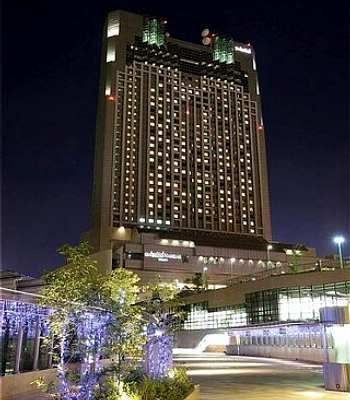
2. Japanese people like the number "8". The prices of goods mostly ending in "8".Milk as 198 yen. But because the rule now requires that goods prices are listed should include taxes, so maybe this habit will disappear. (Market = yaoya = writing kanji reads happyaku-yes or store 800).
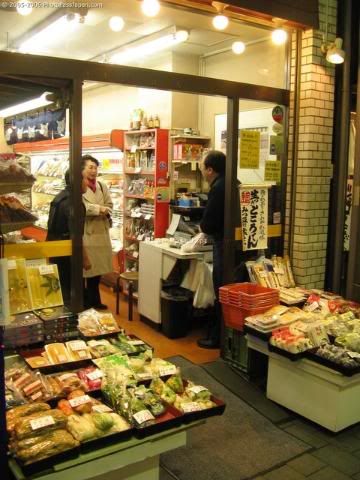
3. If summer, soap operas on TV often nampilin smelling things spooky (ghost).
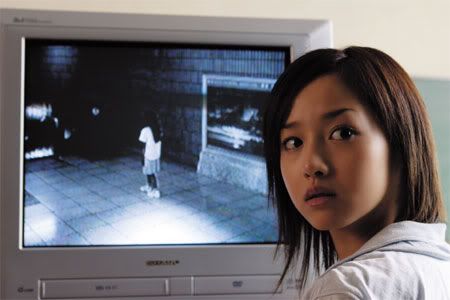
4. Detective in the TV drama, a siren (kyukyusha) usually appears in the early minutes. At the end of the story, before the fight like hell usually villains always tell all the secrets of the crime.

5. How to read Japanese text is twofold:
* the same as the book lettered Roman alphabet, the letters read from top to bottom.
* The second is from the far right column to the left, so that the front and back of the book against the Roman alphabet books (the home page is "backside").

6. We (Indonesia) and colleagues from Southeast Asia generally when introducing myself (jiko-shokai) often begin with "minasan, konnichiwa" or "minasan, konbanwa".Perhaps this is because the Indonesian habit to always start a speech with a congratulatory dinner, etc.. But it turned out to be awkward for the hearing of the Japanese, because it is similar to the news on TV. Should begin by directly calling name and affiliation. For example, "Tanaka Ken M1 Anto no desu .... etc..", No need to "Minasan .. konnichiwa ...".
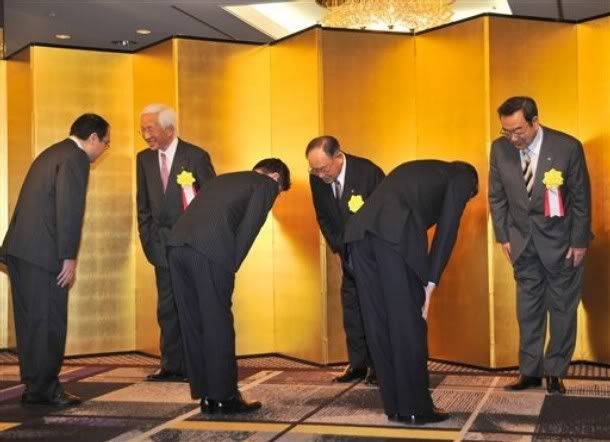
7. The first difficulty that appears in the administrative affairs in Japan, when asked what is your family name?, Because we are not obliged in Indonesia and South East Asia to include the family name.
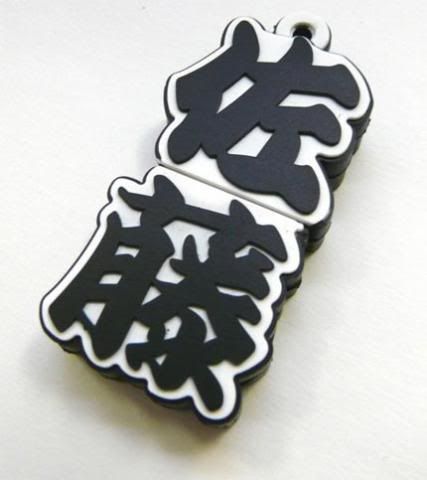
8. If we get an invitation that asks you to confirm attendance or not, usually we have to send a postcard back. One manner is crossed out letters 御 a choice: 御 欠 席 / 出席. Also crossed suffix 様 on our behalf listed as the sender on the postcard. It is a Japanese custom, so we are always humble, as indicated by the dodge / strike 御 and 様 the reply postcard.

9. If we sign, sometimes it will ask the Japanese people: it's reading what? If the Japanese when necessary signature (eg passport, etc..) Generally write their names in kanji, so it can be read clearly. While we usually make abbreviations or graffiti / initials so that can not be copied / read by others.
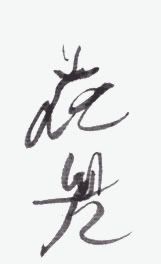
10. TV show in Japan is dominated by cooking.
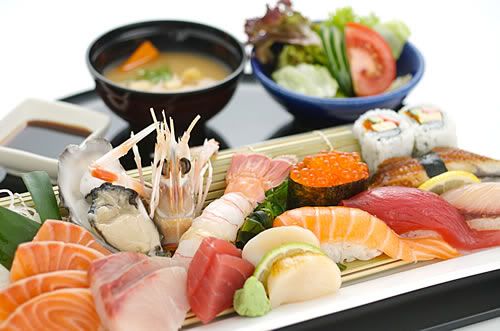
11. Copies of Japan's self-service, while in Indonesia, in-service.
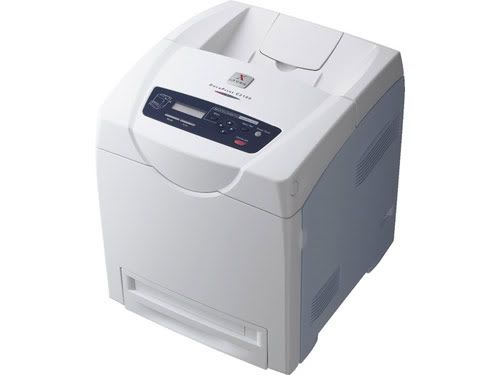
12. If you take a taxi in Japan, the door is opened and closed by the driver.Passengers are not allowed to open and close it himself.
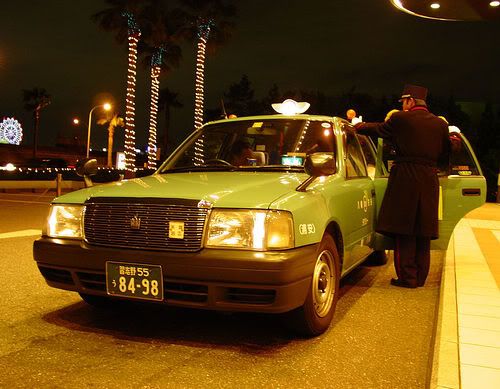
13. Signature in Japan almost never apply for formal purposes, but must use the stamp (hanko / Inkan). Type hanko in Japan:
* jitsu-in, is Inkan used for purposes that are very important, such as buying a house, buying a car, etc.. This type need not be registered to Shiyakusho (patented).
* ginko-in, is a kind of special Inkan used to create an account in the bank. This type need not be registered to the bank.
* mitome-in, used for daily necessities and not be registered.
So a person sometimes has some kind Inkan, for various purposes.
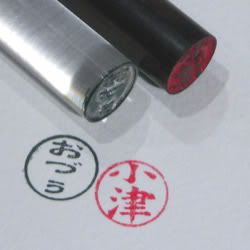
14. Ride your bike should not lift (except the kids give a lift). (道路 交通 法 57 条 第 2 项 规则 9 条 乘车 人员 制 限 违反 -> lift the bike should not be used, except that memboncengkannya over the age of 16 years and children diboncengkan aged less than one year and only one man who diboncengkan. If violated, the fine maximum 20 thousand yen.
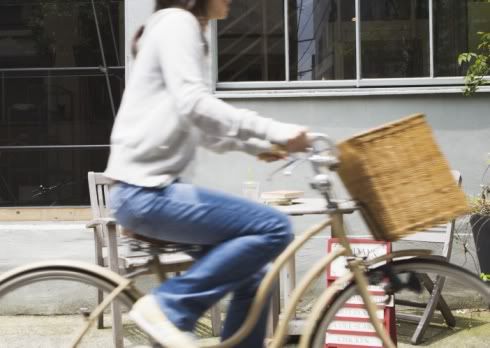
15. Invitation eat together does not necessarily mean you are treated to, but can be paid for individually.

16. In Japan, hard to find typewriter.
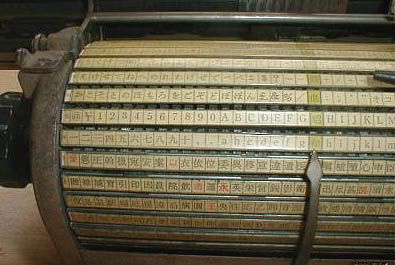
17. Ever notice how the Japanese do not count "one", "two", "three", .... with his finger? If colleagues note, there is a difference in the habits of Indonesian people.Indonesian people are generally starting hands and fists while counting "one", the little finger enforced. Count "two", upheld the ring finger, and so on. If the Japanese, to my knowledge, the opposite. They always start from an open palm, and the way to calculate the inverse of Indonesia. When saying "one", then the fingers will bend / is closed to the palm of the hand. For example Not believe? Try it ... jikken with your Japanese friends.

18. How to write numbers: 7 (seven). Indonesia habit always add a small scratch on the leg number 7 (like the letter "NU" katakana:ヌ). In Japan always taught to write seven letters exactly like typing (without his streak of Indonesia), so similar katakana letters "FU" (フ) or "WA" (ワ)



